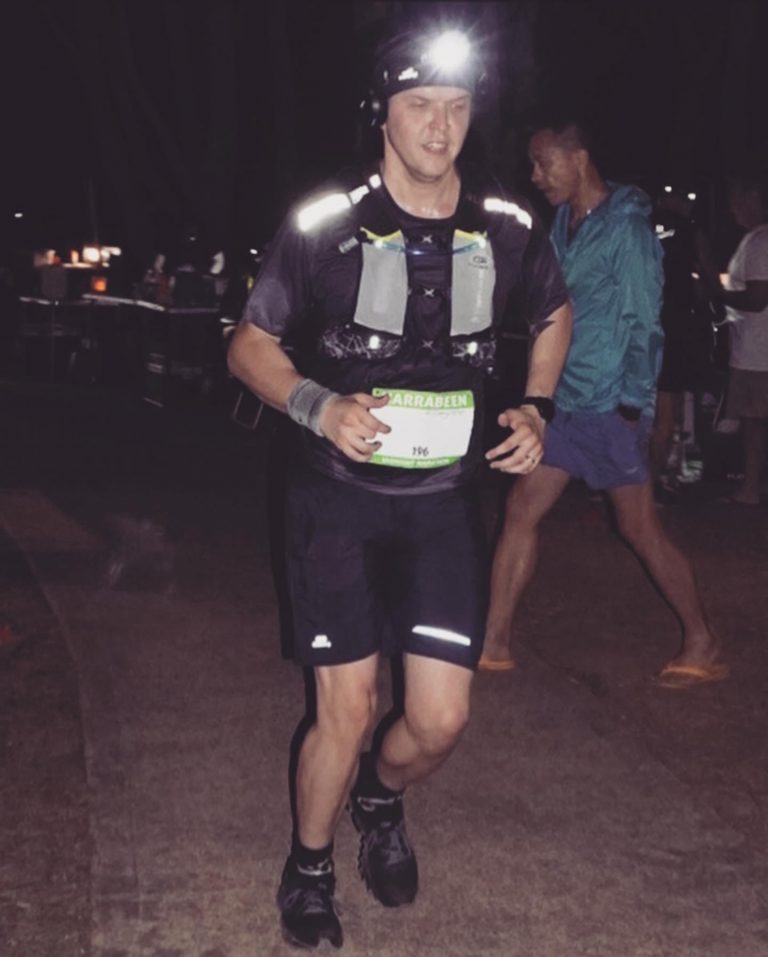Running is an excellent way to burn calories and improve your health. But if you’re new to the sport, it can be tough making progress. Speed is key when running, but you need to have the right techniques to run fast. This article covers some tips to help you run faster on your next jog.
1. Make Sure Your Running Form Is Correct
One of the most important things you can do to improve your running speed is to ensure that your form is perfect. To achieve good form, you need to keep your back straight, swing your arms in a rhythmic motion, keep your head down, and let your feet track in line with each other.
If you can improve your form even just a little bit, you’ll be running faster and more efficiently. Make sure to take the time to master good running technique so you can maximize your potential. Look at drawings of traditional runners to find the right posture for you.
2. Pick the Right Gear
Running in the wrong gear can slow you down or even make you stop running altogether. Here are a few tips to help you pick the right gear for your running style:
If you run on roads or other hard surfaces, wearing running shoes that are sturdy and provide good traction will help you run faster and further. Make sure the shoes have a thick covering of rubber or other durable material to protect your feet from hazards on the ground, such as potholes or stones.
If you usually run on trails or other soft surfaces, choose shoes that are light and well-cushioned so you can move more easily over the surface. Running shoes designed specifically for trails often have a higher ankle support and a softer sole to help with navigation. In addition, they may have reinforcements in key areas, such as the toe box and heel counter, to withstand tough conditions.
If you are new to running, start by choosing running shoes that are slightly larger than your usual size so they will fit comfortably when you begin to wear them in. As your running skill improves, you can then size down a bit.
Get fitting shorts or pants. Keeping your core temperature down is key when it comes to running. Tight-fitting clothing will not allow good air flow and can lead to overheating, which defeats the purpose of running in the first place. Look for clothing made from lightweight fabric with breathable pockets so you don’t get too warm or too cold while you’re running.
3. Incorporate Tempo Runs
If you want to run faster, incorporate tempo runs into your routine. A tempo run is a run with a specific tempo (a certain running speed). Tempo runs help you learn how to pace yourself in a race, and they’re excellent for training your aerobic capacity.
Here are three tips for running faster with tempo runs:
Choose a consistent running pace. The key to success with tempo runs is finding a consistent running pace that feels challenging but manageable. If you can maintain this pace throughout the duration of the run, you’ll be able to improve your time significantly.
Start out slowly. If you start out too fast, you’re likely to overdo it and get injured. Instead, start out at a moderate pace and gradually increase your speed as the run goes on. This way, you don’t fatigue yourself prematurely and still challenge yourself.
Use momentum to your advantage. When running at a tempo pace, use your momentum to help you maintain your speed while ascending or descending hills. And if the terrain trends downhill, try accelerating early on in the descent in order to build up speed
4. Do Short Sprints
A sprint is a short burst of speed that carries you over the threshold of Olympic-level endurance. Sprinting is an incredibly effective way to improve your running performance, as it requires both power and agility. Here are some tips for practicing sprinting.
Start with short, continuous sprints. When starting out, it’s important to gradually increase the duration and intensity of your sprinting sessions over time. Start by doing short bursts of running (30-60 seconds) followed by a brief rest—this will help you increase your stamina and stamina without overexerting yourself.
Add hills into your sprinting schedule. Hills provide an optimal combination of intensity and resistance, which can help you boost your speed and metabolic rate. Over time, gradually increase the number of hills you include in your training regimen, aiming to eventually race on hills with relative ease.
Incorporate interval training into your routine. Interval training involves alternating periods of high-intensity running with periods of rest or walking.
Be aware of your surroundings. Keep an eye out for obstacles or potential pits that you may fall into if you get too ahead of yourself.
5. Start Weight Training
Weight training is one of the best exercises you can do to help improve your running speed and endurance. Here are three reasons why weight training can help you run faster:
Weight training increases your muscle mass. Muscle mass is key to improving your running speed and endurance because it provides more power and energy when you run. You can also burn more calories during and after your runs because muscle burns more calories than fat.
Weight training improves your running form. Proper running form helps reduce the risk of injuring yourself, including tearing your hamstring or anterior cruciate ligament (ACL). Strength training can help improve your skeletal structure, which will also reduce the risk of injury.
Weight training increases your flexibility. Flexibility is key to minimizing injury when you’re running because it allows you to make better use of your muscles and joints. Strength training can also increase range of motion in your joints which can prevent joint pain.
Distance runners can retain strength, proper technique, and efficiency throughout longer runs like a 10k or half marathon by lifting heavy weights with dumbbells, barbells, or kettlebells. However, if you’re just getting started with weight training, we advise utilizing only your body weight at first, such as with push-ups or resistance bands, to ensure proper form and prevent injury.
Key Takeaways
If you want to run faster and prevent injuries, there are a few things you can do to help improve your technique. First, make sure to invest in the right gear, especially running shoes. Also, incorporate tempo runs, and sprints, and ensure that you maintain good form whereby you keep your spine straight and head down.
This will help you keep a constant speed and minimize the risk of injury. You could also try adding some weight-lifting exercises to your routine to help increase your power and explosiveness. Finally, be sure to warm up properly before running, and avoid running on an empty stomach to prevent muscle fatigue.

Marko Rakic is a trail runner and fitness enthusiast from Sydney, Australia. He is the lead writer for The Ultimate Primate and believes the best way to live a happy life is through constantly challenging yourself.

